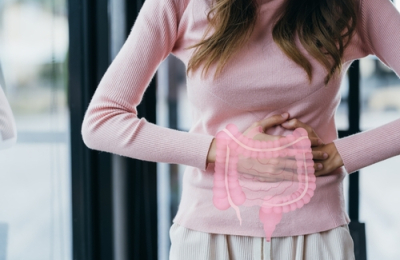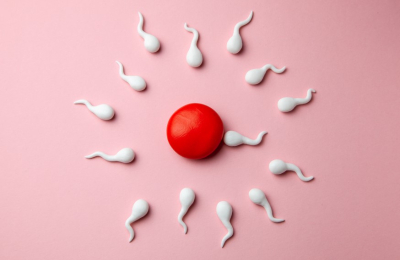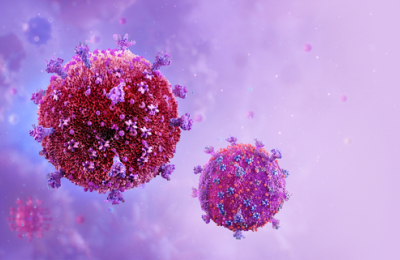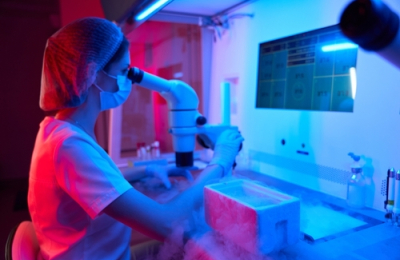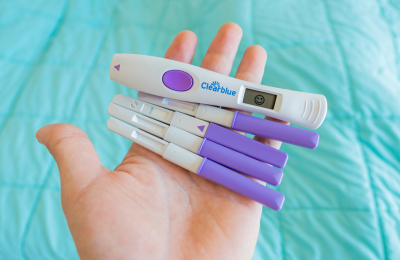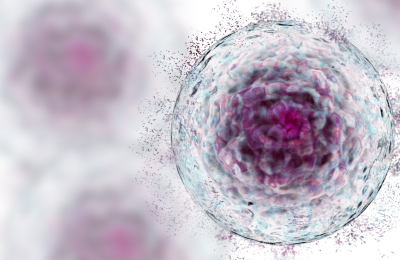
Exposure to elevated levels of particulate matter in the weeks and months preceding oocyte retrieval is associated with reduced live birth rates among fertility patients.
While the link between air pollution and infertility has been acknowledged, the underlying mechanisms remain unclear. A team from Perth conducted a retrospective cohort study spanning eight years (2013-2021) to explore this relationship further. They analyzed the pollution levels women were exposed to before oocyte retrieval and subsequent frozen embryo transfer. The findings were presented on July 8, 2024, at the 40th annual meeting of the European Society of Human Reproduction and Embryology (ESHRE).
Dr. Sebastian Leathersich, the study's lead author, highlighted that this is the first research to use frozen embryo transfer cycles to separately assess the impact of pollutant exposure on egg development and early pregnancy. The study involved 1,835 patients who underwent 3,659 frozen embryo transfers, comparing their pregnancy and live birth rates with daily air pollutant data from the preceding three months and two weeks.
The results revealed that women exposed to the highest levels of particulate matter in the two weeks before oocyte retrieval had a 38 percent lower live birth rate than those exposed to lower levels. A similar trend was observed for exposure in the three months before oocyte retrieval, though not before frozen embryo transfer. Notably, air quality in the study region was consistently good.
Dr. Leathersich noted that these findings suggest pollution impacts egg quality rather than just early pregnancy stages, an insight not previously reported. Ephia Yasmin, a reproductive medicine specialist, emphasized the need to replicate this study in other regions, underscoring the broad negative effects of air pollution.
Source - https://academic.oup.com/humrep/article/39/Supplement_1/deae108.081/7710440?login=false
















